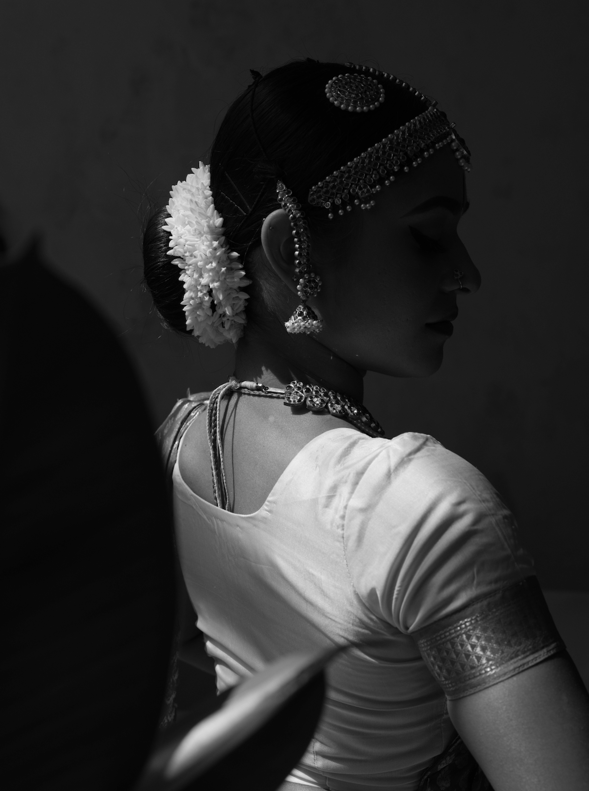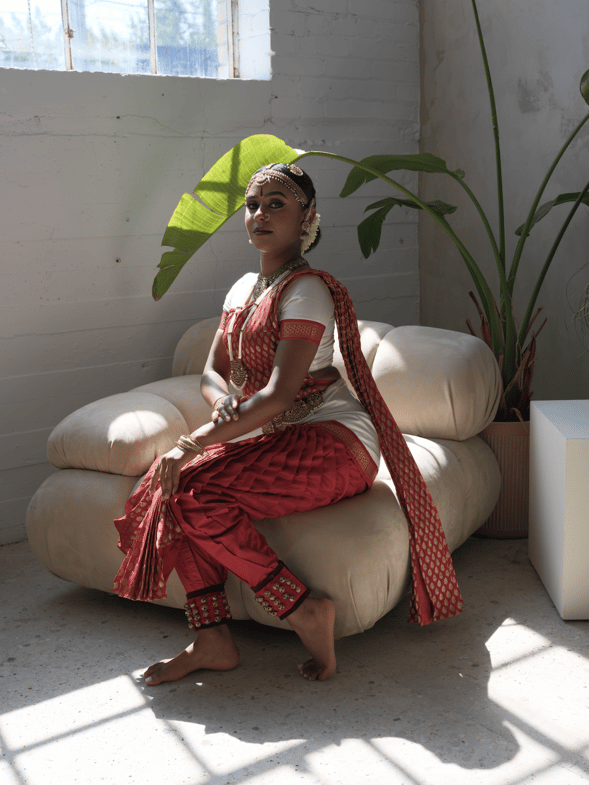The Fujifilm GFX 100 II Hands-On First Impressions
Fujifilm's most anticipated medium format camera. Explore the latest Film Simulation, discover body changes, video feature upgrades, and photo specs.
The Fujifilm GFX 100 II is the new flagship, medium-format camera from Fujifilm and designed to give professionals an even better photography experience while introducing some major advancements in video. It has an all-new design, a shit ton of software upgrades, but let’s take a look at one of my favourite new additions: the new Reala Ace Film simulation.
This is based on the negative colour film stock of the same name that introduced the world’s first fourth layer technology, whatever that means. All you need to know is that it’s something worth experimenting with. While some Film Simulations are quick to forget, this one has a good amount of contrast but offers a more neutral colour palette compared to the standard colour profile. I really like this starting point and it should make for a great profile for a wide-variety of subjects.
Now look, the fact that I’m leading off with a new Film Simulation—which is a big deal for the Fuji fans—should give you an indication of how much has changed with this camera. I’m gonna cover the changes to the body, the upgrades to video features, and who should be most excited for this camera—and you can jump ahead to those chapters if you can’t wait—but let’s quickly look at what this camera can do.
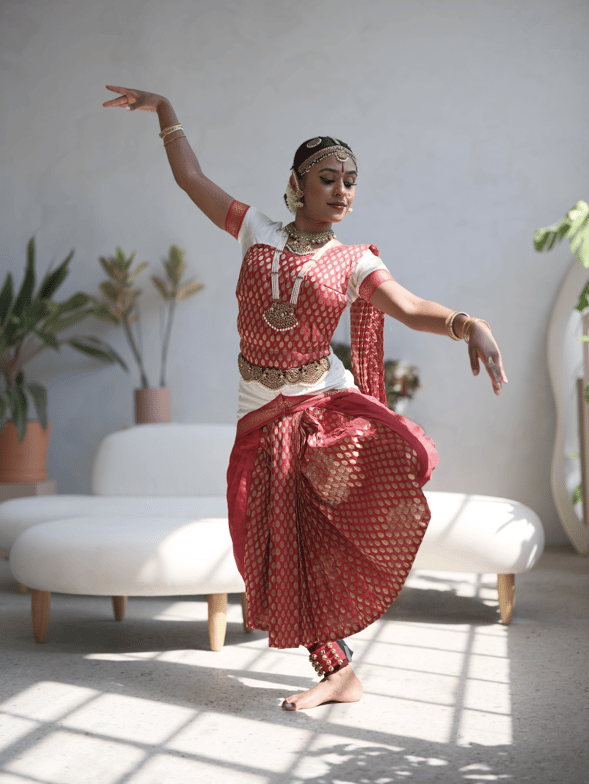
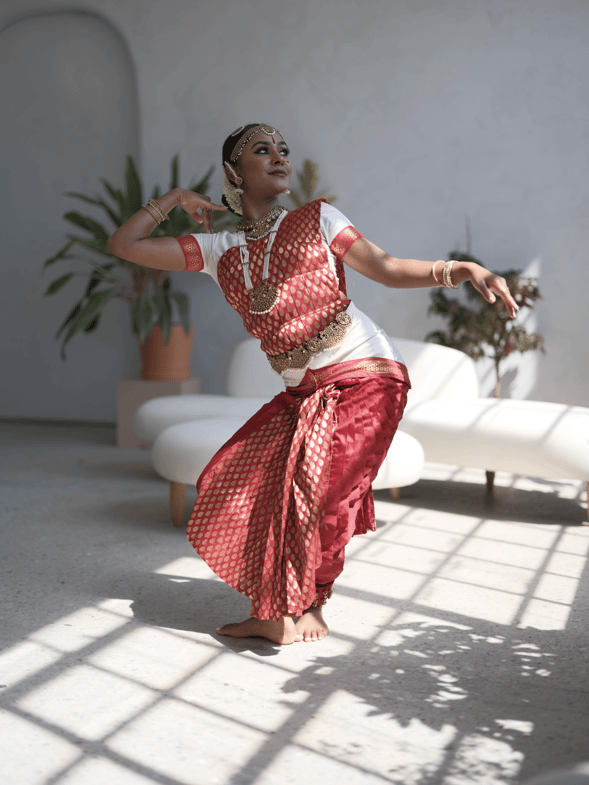
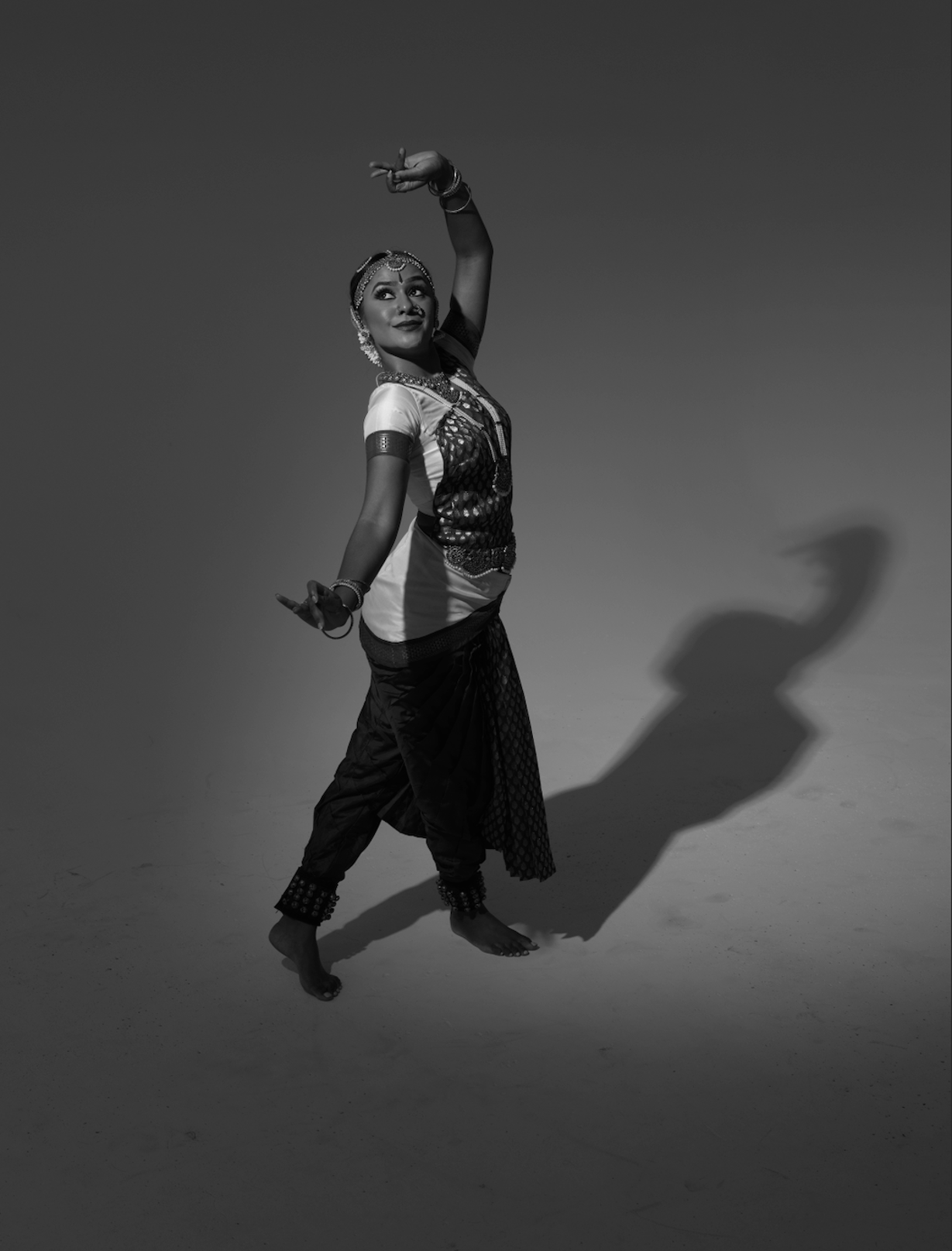
Photo Features
The Fujifilm GFX 100 II (poetically) shoots 102MP images like the 100s but uses a new sensor paired with last year's fifth-generation X-Processor. This combination makes the experience of capturing images faster, more accurate, and with even more image data. According to Fujifilm, users can expect better 16-bit RAW files that deliver up to 30% more dynamic range. Time will tell how much of this improvement users will experience in the field, but it sounds great that they've prioritized this.
What's not a surprise but always worth mentioning is that this camera has up to 8-stops of image stabilization. Don't quote me on this, but at least in my early testing, it felt slightly better than the 100s. The base ISO starts at 80, which should translate to a bit more dynamic range, and you can go as high as 12,800 in the native mode. You can capture images up to 8 FPS using the entire sensor or up to 20 FPS with a crop-in electronic shutter. You get 425 AF points with the latest focusing algorithm from Fujifilm. I found it to be noticeably faster than my GFX 100s. You can also define custom autofocus zones, which is great if you really want to customize that focus rectangle.
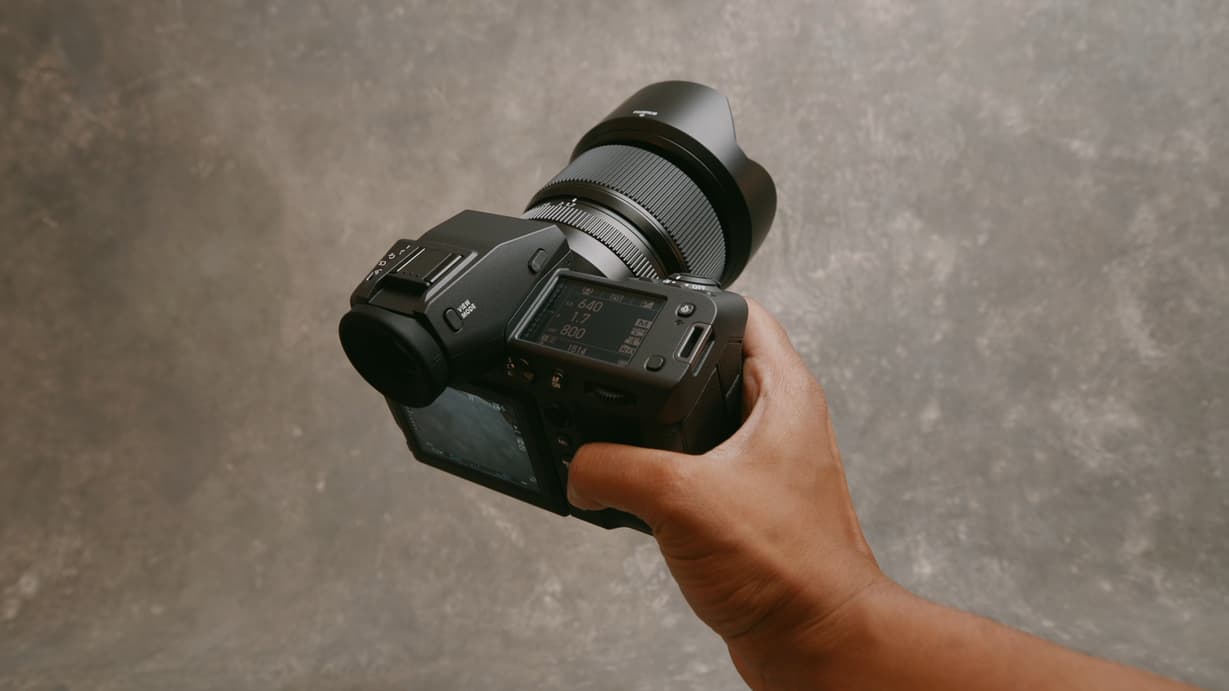
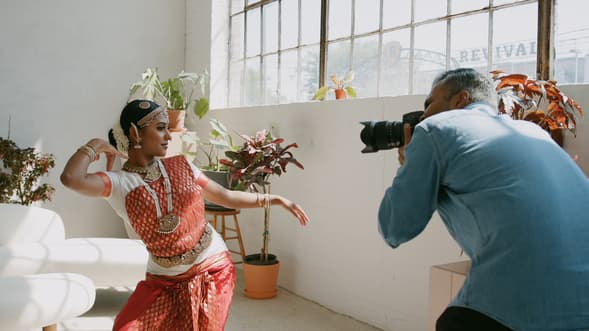
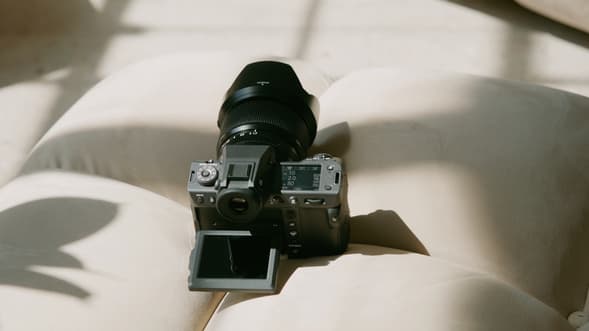
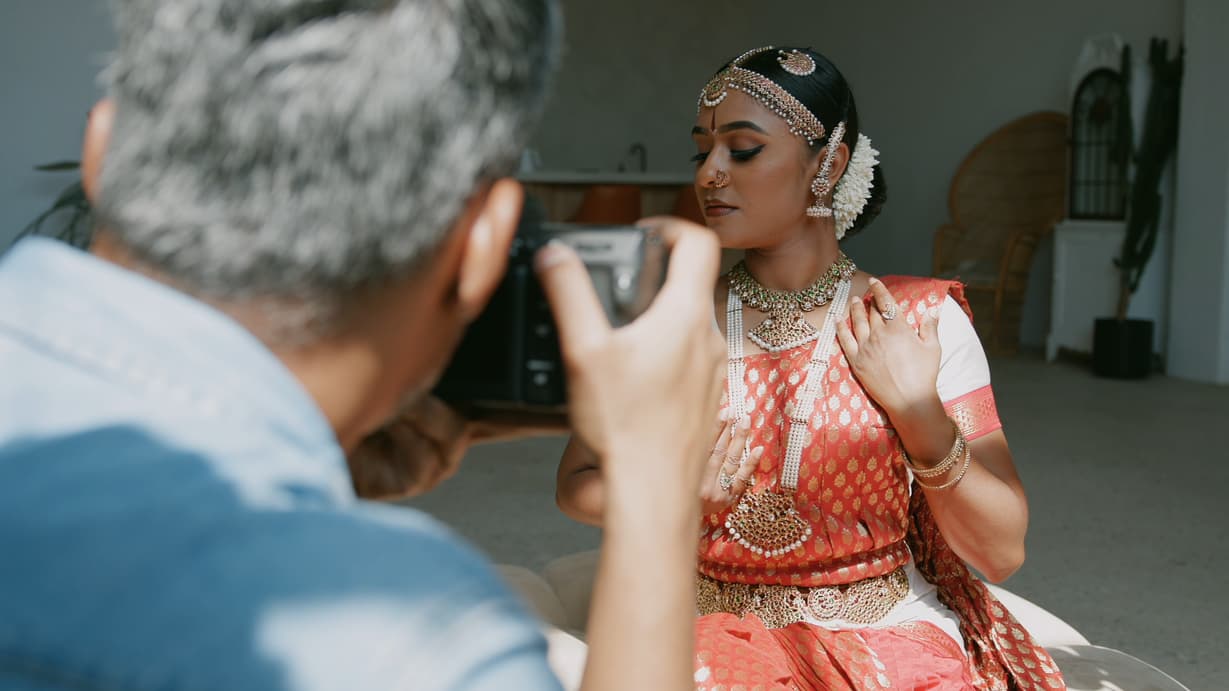
Video Features
Now, let's look at the video features. You can shoot up to 8K30P. According to Fujifilm, the 4K60P delivers the best balance of quality and performance, where the rolling shutter falls safely under 20ms. Like the Fujifilm X-H2s, you have many recording modes and bitrates in either F-Log or F-Log 2. RAW recording is available through an HDMI. The native ISO for F-Log starts at 400, and I'm telling you, the footage is so nice that you'll find reasons to use this for video, even if you consider yourself just a photographer. You can capture in ProRes and even record to SSDs directly, which is a considerable feature. But it doesn't stop there.
You now have a range of lens monitoring upgrades for Premista, Anamorphic, and Full Frame lenses. You can view waveforms, parades, or vectoscopes in real-time, and there's even a focus map mode if you're feeling frisky. Seriously, it's like the team at Fujifilm listened to every issue we raised with the XH2s and addressed it here.
Beyond these features, though, what impressed me was how much Fujifilm has been collaborating with the film industry. More than ever, they want their tools to be seen as capable video production cameras. In Canada, there's been a ton of collaboration with the CSC and filmmakers to test and push this camera in the field, hoping to make it something you can genuinely rely on. When asked why, they answered, "we want to be there."
Now, I'll get to the camera's body because a lot has changed here, but let's look at the new glass entering the GF lineup.
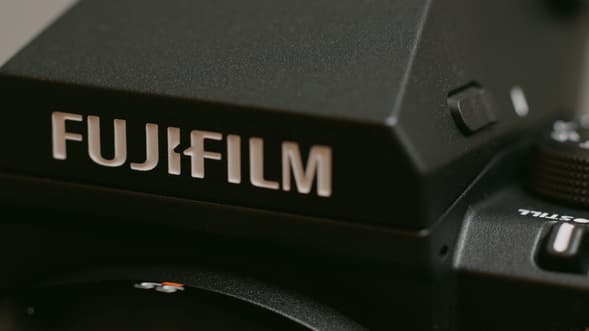
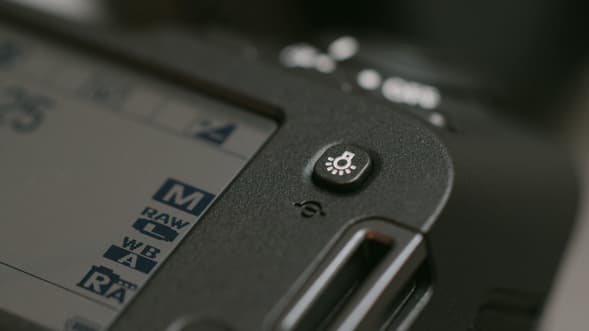
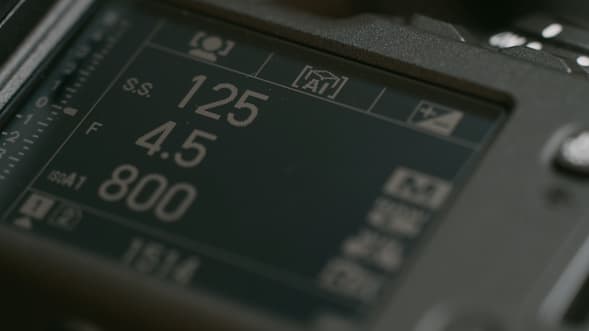
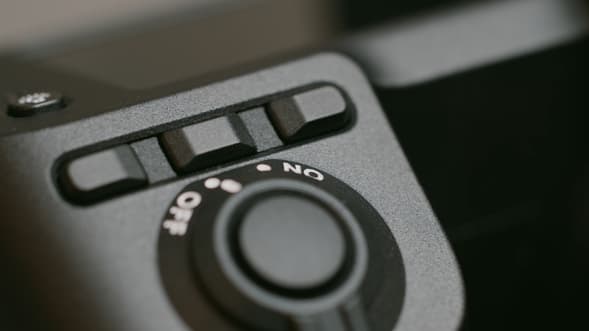
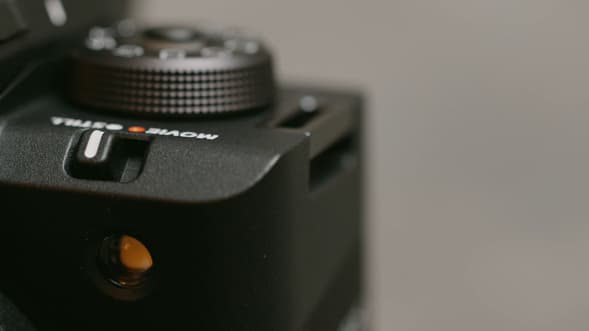
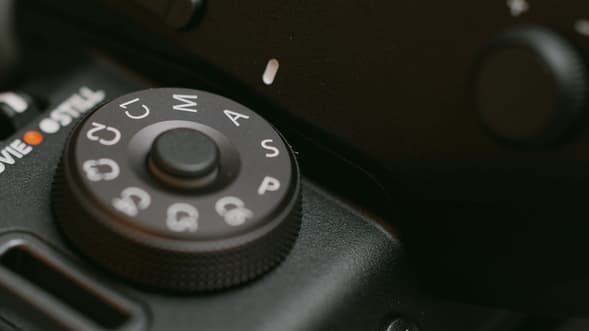
New GF Lenses
Most notably, we now have a 55mm F1.7 lens that delivers a 44mm equivalent perspective in the full-frame format. It's a robust lens that's noticeably smaller than the 80mm cousin, has a 77mm filter thread, weighs just under 600g, and can focus as close as 50cm.
The 11 rounded blades of the aperture and how wide this opens up make photography easy. With this focal length, you can shoot various subjects and play with distance.
Tilt-shift lenses were a gap in the GF lineup; now, users can expect two. A 30mm F5.6 with a 24mm full frame equivalent perspective and a 110mm F5.6 Macro with an 87mm equivalent view.
I don't use tilt-shift lenses at all—primarily because of my work speed—but there's much to be excited about here. Whether getting that miniature effect with landscapes, getting rectilinear shots of architecture, changing the plane of focus for portraiture, or simply getting an entire product in focus for commercial work, these tilt-shift lenses will make many professionals happy. Remember that at this price, you should invest in a great tripod.
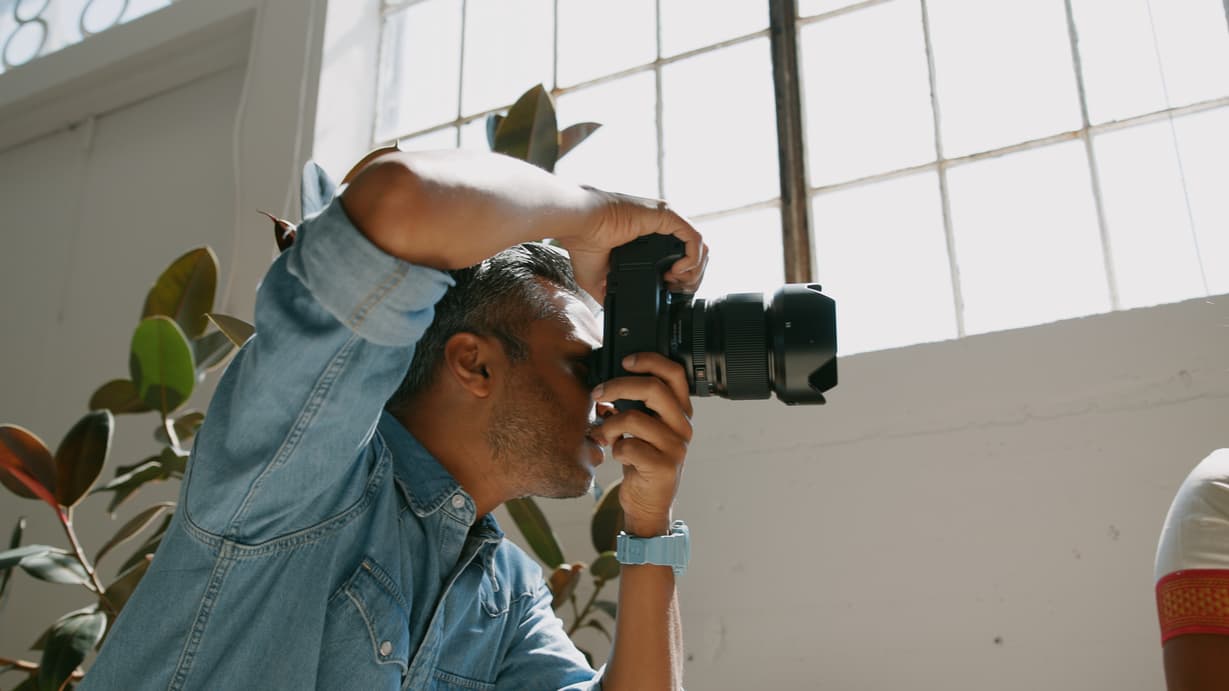
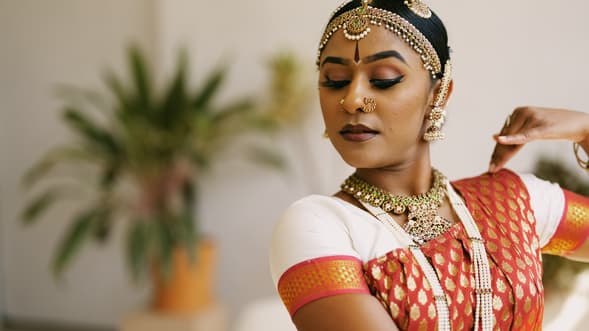
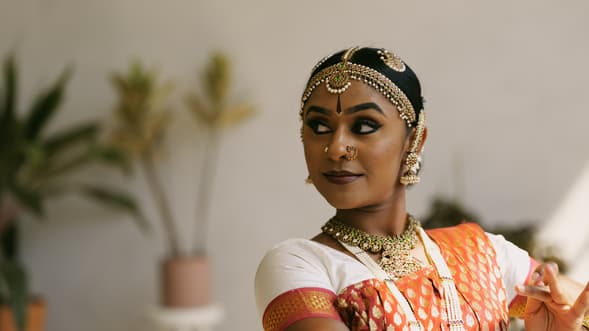
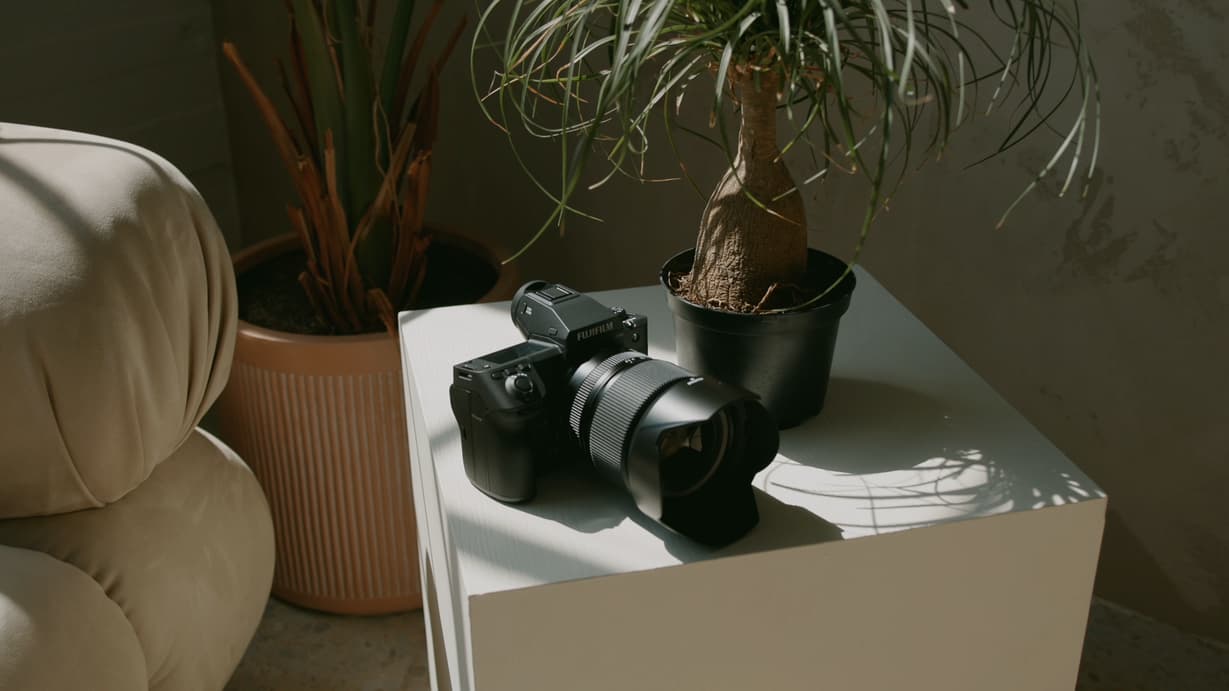
Brand New Body
Let's get to the camera's body because it has significantly departed from its predecessor. Instead of a massive square, you have a more traditional body with the option to invest in a vertical grip afterward. There's a new wrap on this camera that feels better; it has a slightly more rubberized texture that feels nice to hold.
The top plate has an exciting design shift, angled toward the user. It makes the larger sub-LCD feel slightly more accessible. Staying on the camera's top, you still have that PASM mode dial on the left with six custom modes. There's a movie and still switch for easy toggling. On the right of the camera, you have three customizable buttons just above the shutter, and I love that these are unlabeled. There's a button to toggle a backlight for the sub-monitor. And a fourth customizable button just below that. The front and rear dials can work as buttons for additional functions, but at this time, only the rear dial is customizable, where the front is locked to Apeture-ISO switching.
On the back, you have your standard suite of buttons you'd expect from Fujifilm, but the joystick looks like it got a bit of change. It feels nicer to press; slightly more bouncy. I was more accurate with this one than I was with the one on the GFX 100s. The back LCD is a 3.2" display with 2.36M dots, but what surprised me is that it looks and feels more durable than before.
And speaking of displays, the viewfinder got a massive upgrade. You now have a 9.44M dot OLED EVF, which, along with the 120FPS refresh rate, makes for an incredible viewing experience with this type of camera. It's also removable, so you can use Fujifilm's tilting EVF.
Let's talk about everyone's favorite subject: PORTS! The 100 II now supports a CF Express Type B card and a UHS-II SD Card, which is fantastic. It also adopts the standard NP-W235 battery, which should deliver over 500 shots per charge. You also have an ethernet port, full-sized HDMI, USB-C, microphone jack, and headphone jack. Along with the ability to mount the optional Cooling Fan, this is Fujifilm's most 'connectable' camera. This brings me to the most crucial question of the article…
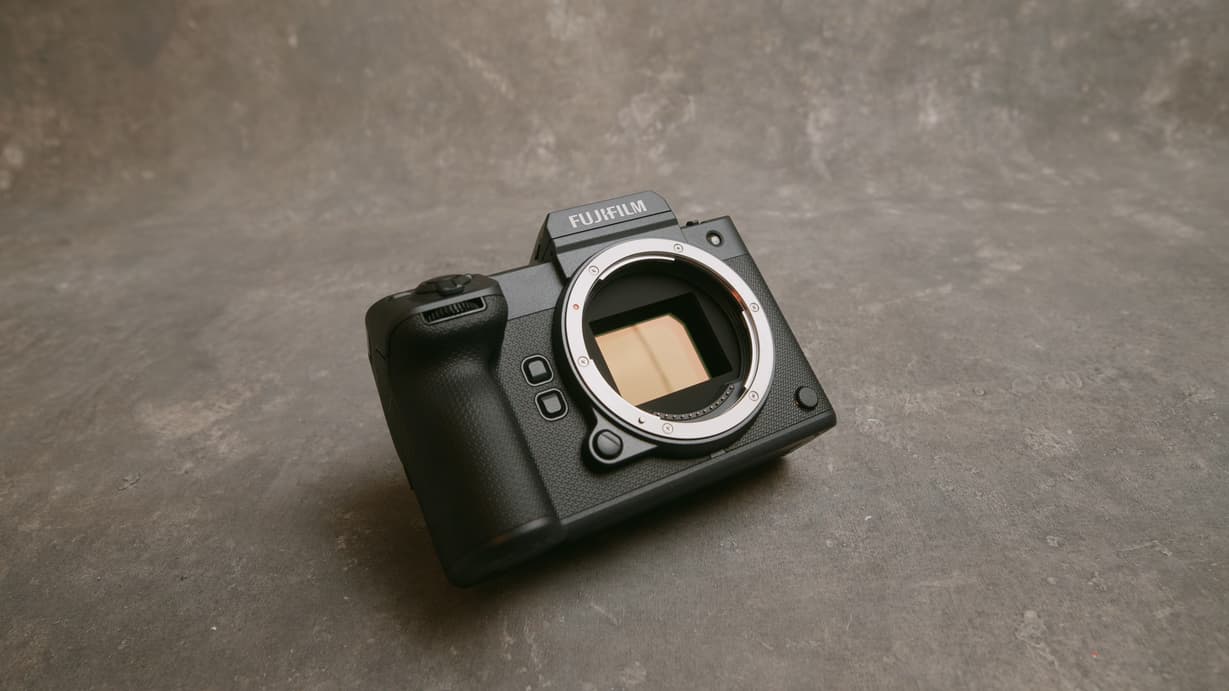
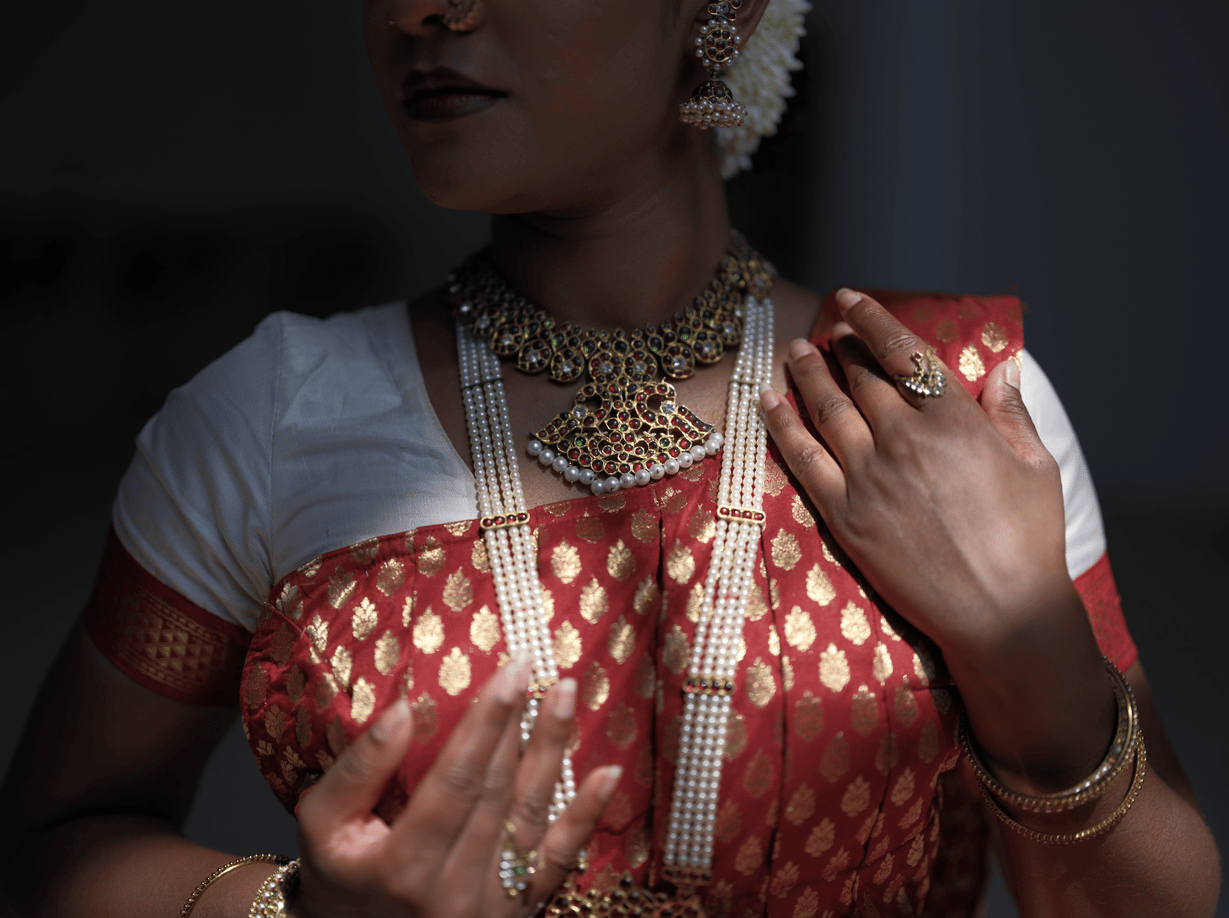
Who Should Bet Excited?
With the ability to capture 281 trillion colors, who should be most excited about the Fujifilm GFX 100 II?
Fujifilm designed this camera to address just about every concern and complaint that users had with the predecessor and other cameras in the lineup. This camera was birthed after the consensus of dozens of working professionals who wanted the ultimate imaging tool — that could also perform in a video production setting.
With an even better autofocus system powered by AI, incredibly fast Frame IO integration, and a rapidly growing lens lineup, the GFX 100 II is for the working professional who wants the absolute best because they constantly push the envelope. Where the GFX 50s and 100s are made for good entry points for hobbyists, enthusiasts, and early pros, this camera is for those who have been in the cut for a while and place a high amount of value on the small, differentiating features. Anyone can buy it, but this is really for the skilled shooter who knows how to wield all this potential.
This camera is impressive in theory and practice. But let's face it: the landscape is changing rapidly. With the advent of AI, it's stupidly easy to make a photograph look much better, let alone make a photograph from nothing. So you'll have many people who wonder, "What's the point?" It's only a matter of time before we see an onslaught of YouTube videos with words like overkill, overhyped, over-everything. Thankfully, none of this matters.
This camera is a new tool a few dedicated individuals will adopt and use to push their work further. And while the audience may be small, there's no denying that these innovations may find themselves trickling down to more and more creatives.
